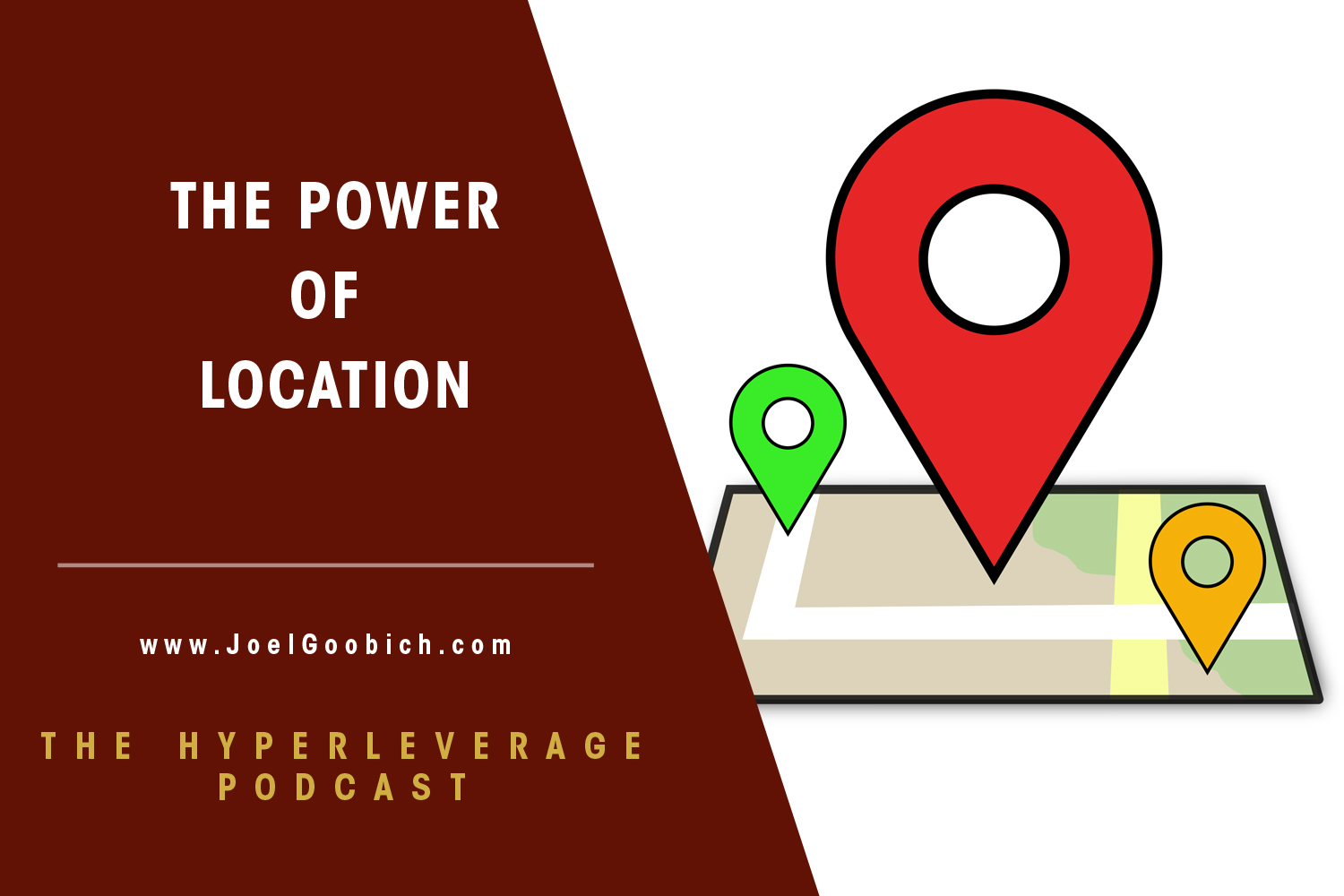Mass Protests Don’t Have Leverage
**5 Minute Read**
Growing up in the 1960’s I was witness as an adolescent to a new phenomenon in the US society. The power of mass protests and marches to affect and change public opinion on the most pressing issues of the day. In particular were two societal fires simmering just below the surface that burst onto the national consciousness through the power of television. It was a time of significant turmoil. It was a time where the collective voices of thousands of individuals were leveraged in a way that amplified their message like never before.
And it was a time where the power of the masses could shake the foundations of our political system that had seemingly been firmly cemented in the preservation of the status quo.
Beginning with the non-violent civil rights movement spearheaded by Martin Luther Kings and others, the marches in Birmingham followed by the 1964 March on Washington, President’s John Kennedy and subsequently President Lyndon Johnson were compelled to modify their political agendas and accelerate the plans they had publicly voiced for voting rights and desegregation. Martin Luther King was able to leverage the public shaming that the images of the police brutality brought to the TV screens in millions of households across the country. No longer could the dirty little secrets of race issues be hidden under the carpet.
It was one of the first examples of the power of TV and live imagery to tell an emotive story. One that emboldened some and scared the crap out of others. TV news had come into its own.
When 1 million Americans can amass in unison there is a sound that resonates across the ether that could not be ignored.It was a harbinger of what was to transpire throughout the 1960’s.
But those days are long gone.
Mass protests don’t have Leverage as before
Notwithstanding the recent protests in Hong Kong or in France, which because of their sustained numbers have forced the local authorities to take notice and cede to the demands, rarely are physical masses as inspiring. Especially when a single individual can leverage the power and reach of social media apps such as Twitter, YouTube to evoke both support and a call to action in a way that the mass protests of the 1960’s could not come close to.
One can argue that the anti-war protests of the later 1960’s and early 1970’s were responsible for America’s retreat (defeat?) from the Vietnam arena and a decade of retrenchment from the world stage. One can also argue that the 1960’s and early 1970’s were the peak of the power of mass protests to leverage societal change.
In the decades that ensued, the ability to generate mass protests around the country became more commonplace and certainly easier to organize. However, their leverage effect became diminished. One by their ubiquity and two because the sheer size of the mass protests have become so large that it does not seem to be extraordinary anymore.
The uniqueness of a mass collection of individuals coming together in one place and one time for a unified expression is no longer a phenomenon that evokes awe or fear in the eyes of the people against whom the protest is aimed at. Furthermore, the access to internet to all corners of the universe has changed the paradigm.
Ignoring the Mass Protests
There is a third reason that mass protests don’t have the same leverage power. In order to effect change or action as the civil rights, anti-war, pro-females lib and other movements were looking for, there is a need for the other side to be willing to listen, feel that there is something to either lose by not changing or something to gain by accepting the ‘demands’ of the protesters.
However, with more entrenched binary political atmospheres on almost any social issue, there is less necessity to change. And it’s not just here in the United States. This ‘tribalism’ and segmentation of society has become rampant in Europe as well. When there is more to lose from one’s “base” rather than what can be gained by expanding the “tent” the leverage power of mass protests dissipates quickly.
The field of battle has shifted from the streets to the cloud. We look to influencers, memes and other quickly sharable micro messages to voice our collective outrage, opinion, if we do so at all.
Rather, it is more of a collective ‘yawn’ that we view the non-stop bombardment of social, economic or political upheaval that threatens to rock our status quo or get us to stop binging the latest Netflix or HBO hit series.
Take Aways
- The Power of mass protest in the streets to influence public opinion is waning
- Social Media – especially Twitter and YouTube provide online mass protest opportunities that can scale quickly
- It is easier today for politicians to simply ignore mass protests
![]()






